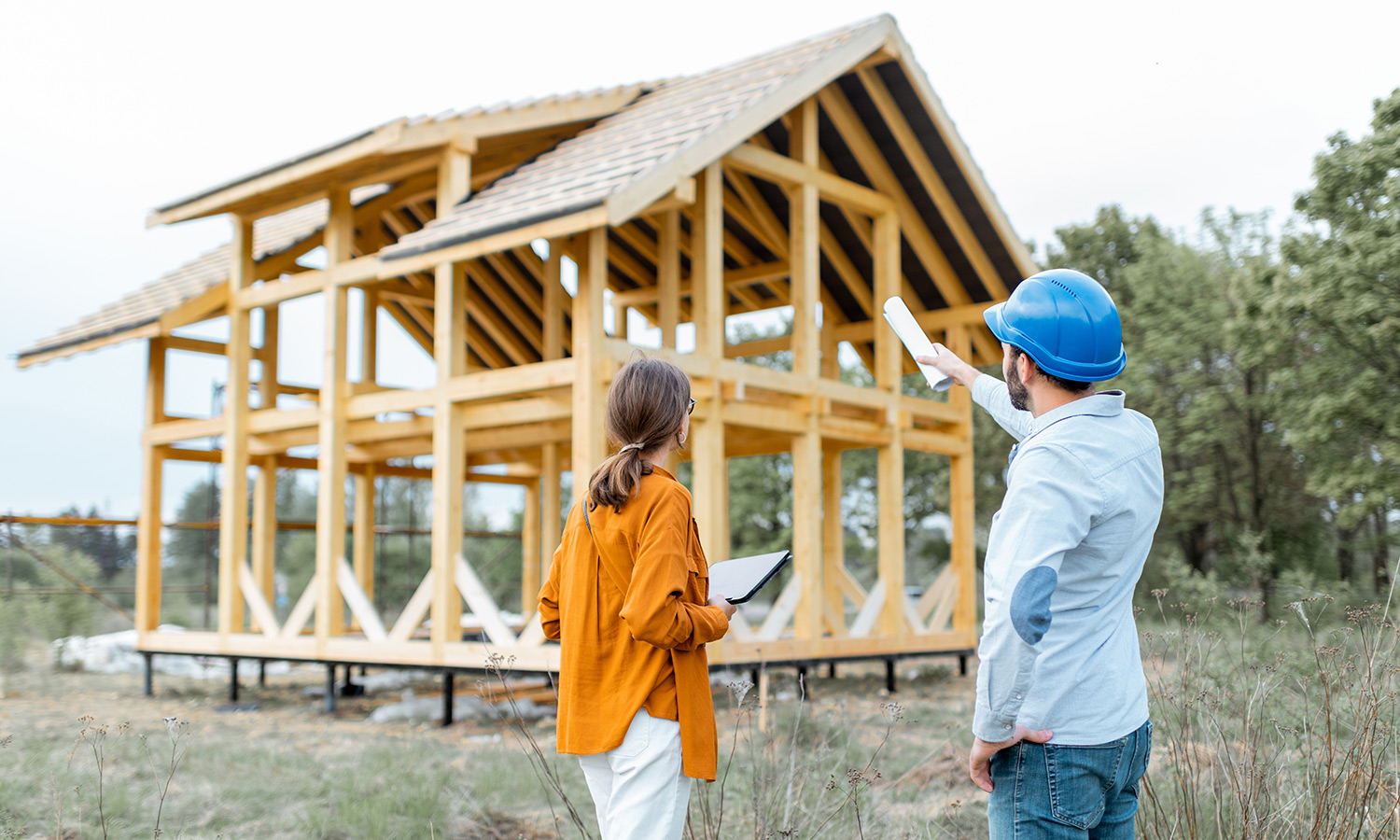On this page:
Is it defective or non-compliant work?
For information on the difference between defects and non-compliance see Unhappy with the standard, quality, or finish as your options for resolving issues may be different.
How to prevent this
Before making any final payments, make sure major defects are fixed and that the work carried out has been completed in line with the plans and specifications set out in the building contract. Hire an independent professional such as an architect or building consultant to inspect for defects and unfinished work before the occupancy permit or certificate of final inspection is issued.
Do not pay your builder in advance and make progress payments only according to the payment schedule in your contract.
You may need to obtain expert technical reports, such as from a structural engineer, for major faults. These will support your case if you need to make a warranty claim against a builder and in case issues worsen over time.
Give a copy of the inspection report to the Relevant Building Surveyor (RBS) so that they can direct the builder to fix issues and complete the work before certifying that the work is completed.
See Roles and responsibilities to understand the types of professionals that may be involved in your project.
Read more:
What you can do
Always talk to your builder and give them an opportunity to fix the issue before lodging a formal complaint or dispute. See Resolve disputes to understand the process for resolving disputes.
If the issue is a defect, then this could be a breach of the building contract, and you may be eligible for the Building and Plumbing Commission (BPC) Dispute Resolution services. They provide free conciliation services for owners and builders in domestic building disputes. If you are unable to resolve your dispute with them through conciliation, they have the power to issue legally binding dispute resolution orders and certificates. Check that you are eligible for this service at Is our service right for you?
If you are ineligible for BPC Dispute Resolution, or if your issue could not be resolved and you have received a certificate of conciliation from them, you can make an application to the Victorian Civil and Administrative Tribunal (VCAT). Contact Consumer Affairs Victoria’s (CAV) Building Information Line at 1300 55 75 59 for free advice.
You may also have rights under consumer guarantees to have the problem fixed or seek a partial refund. Read Problem with a service for more information.
If an occupancy permit or certificate of final inspection has been issued by the RBS and you disagree with their decision, you may appeal to the Building Appeals Board (BAB) within 30 days of the decision being made.
If the problem is about non-compliance, raise it with the RBS first. While they can take enforcement action after the occupancy permit or certificate of final inspection has been issued, it is better to have any problems fixed before they are issued. If the issue doesn’t get resolved, you can lodge a complaint with the Building and Plumbing Commission (BPC).
If there is faulty work or damage to your property due to your practitioner’s or their subcontractors’ negligence, you may be eligible to make a claim through their business insurance if they have it. This is private insurance which is not compulsory. It is not the same as Domestic Building Insurance (DBI) which only applies when a builder has died, disappeared or become insolvent. For more information about DBI see Domestic Building Insurance.
A report from a technical expert such as an architect, building consultant or designer may be useful for supporting your claim if you lodge a formal dispute.
Read more:
Tools and links
Page last updated: 02/07/25
